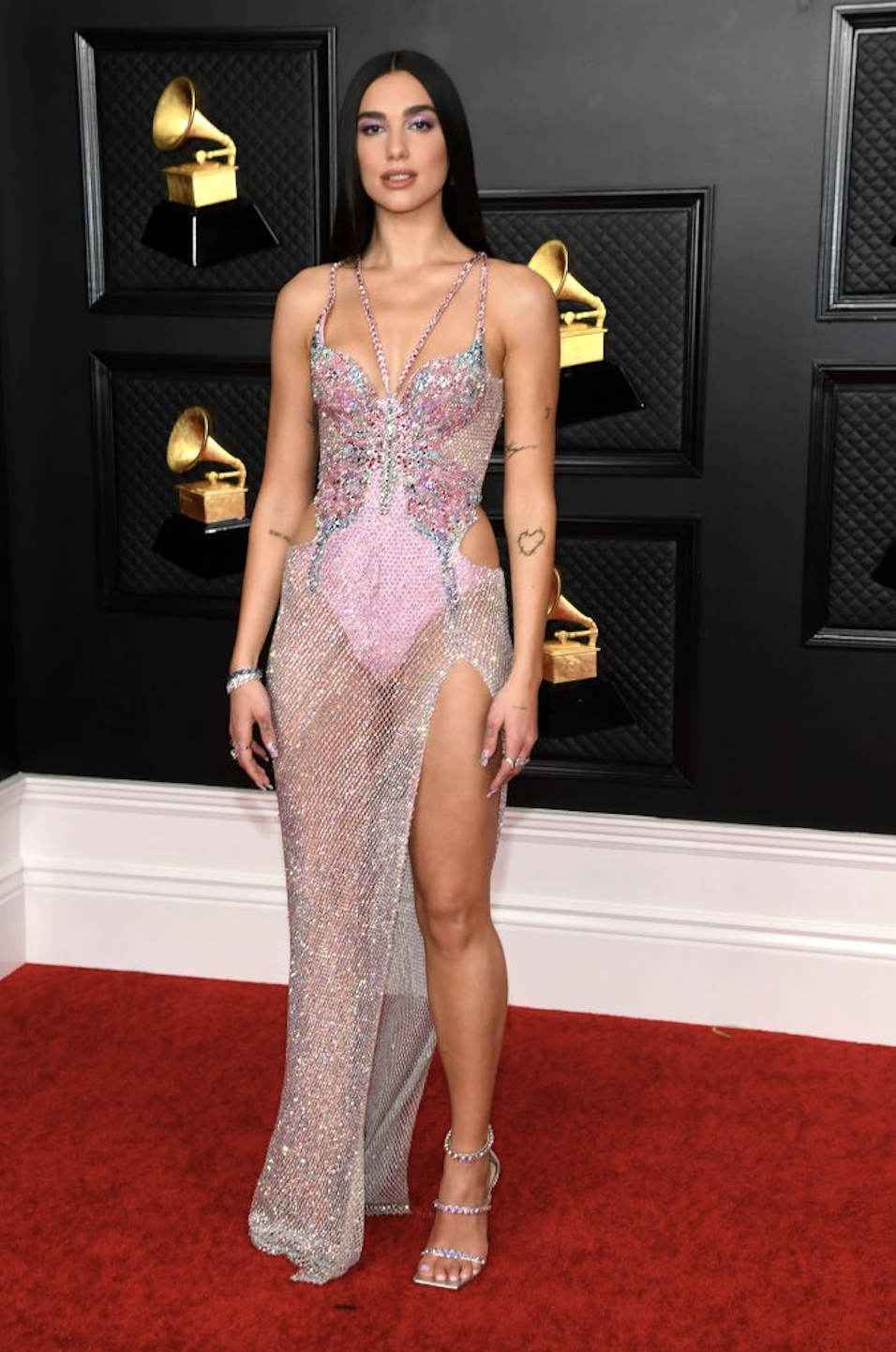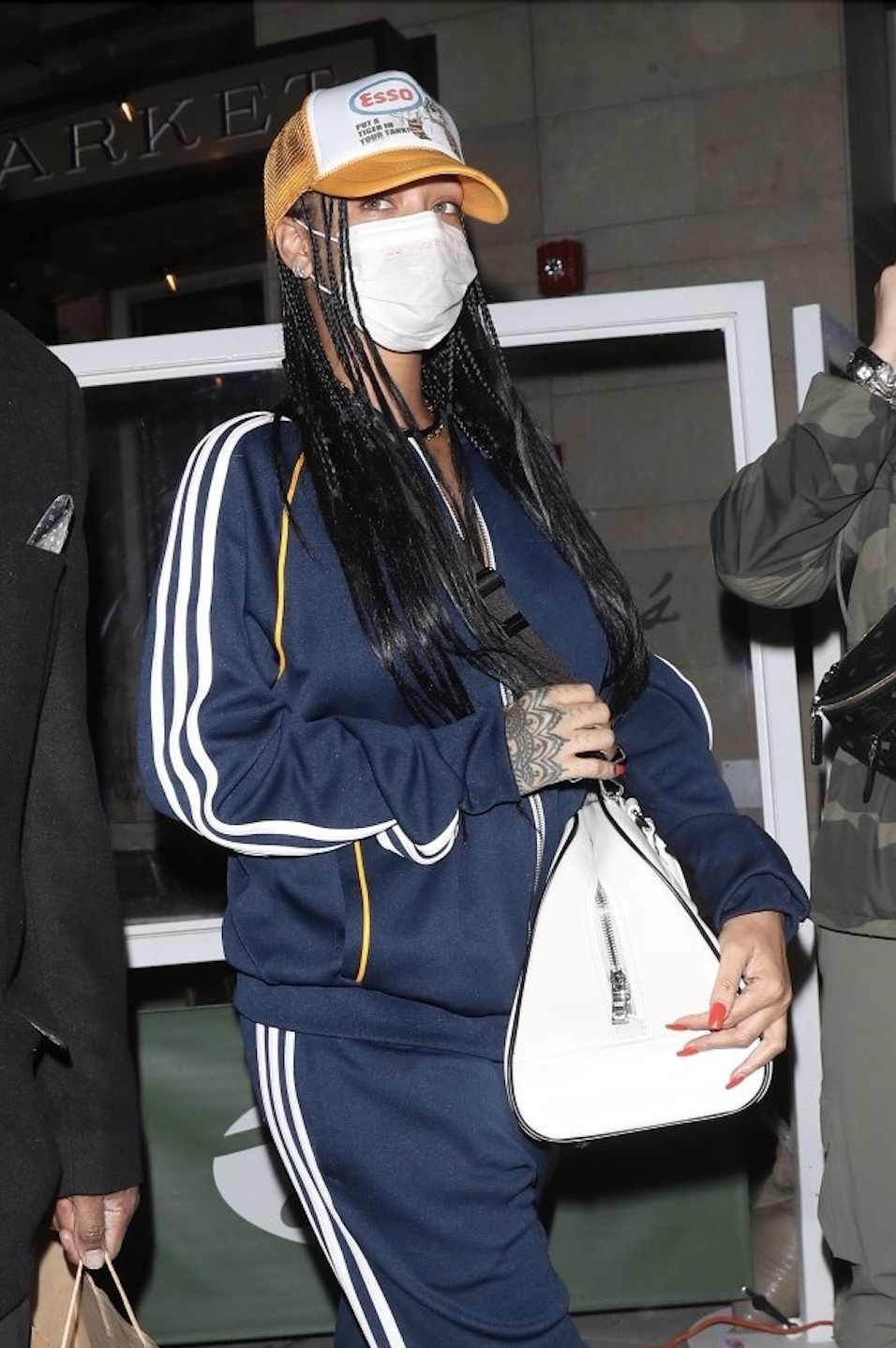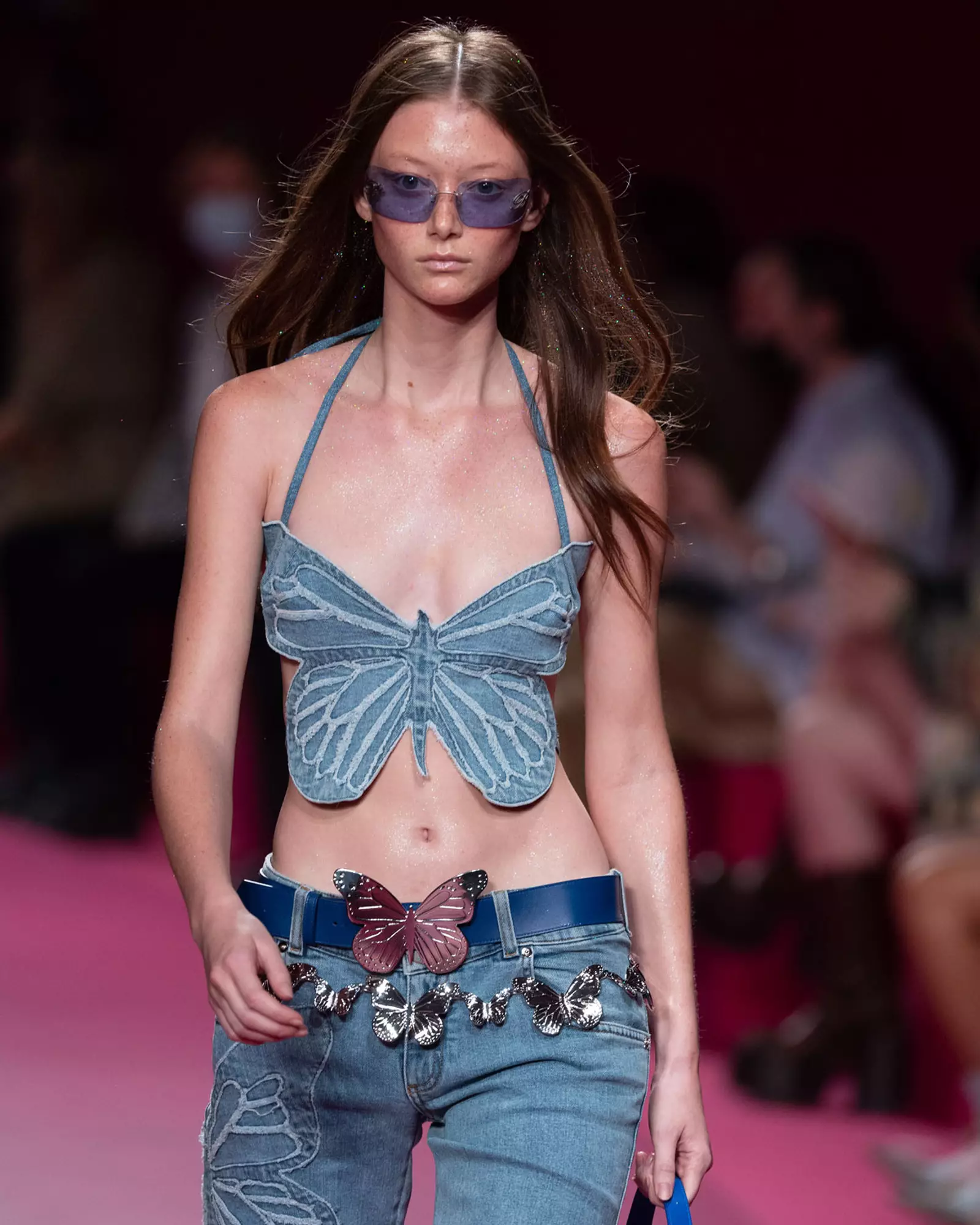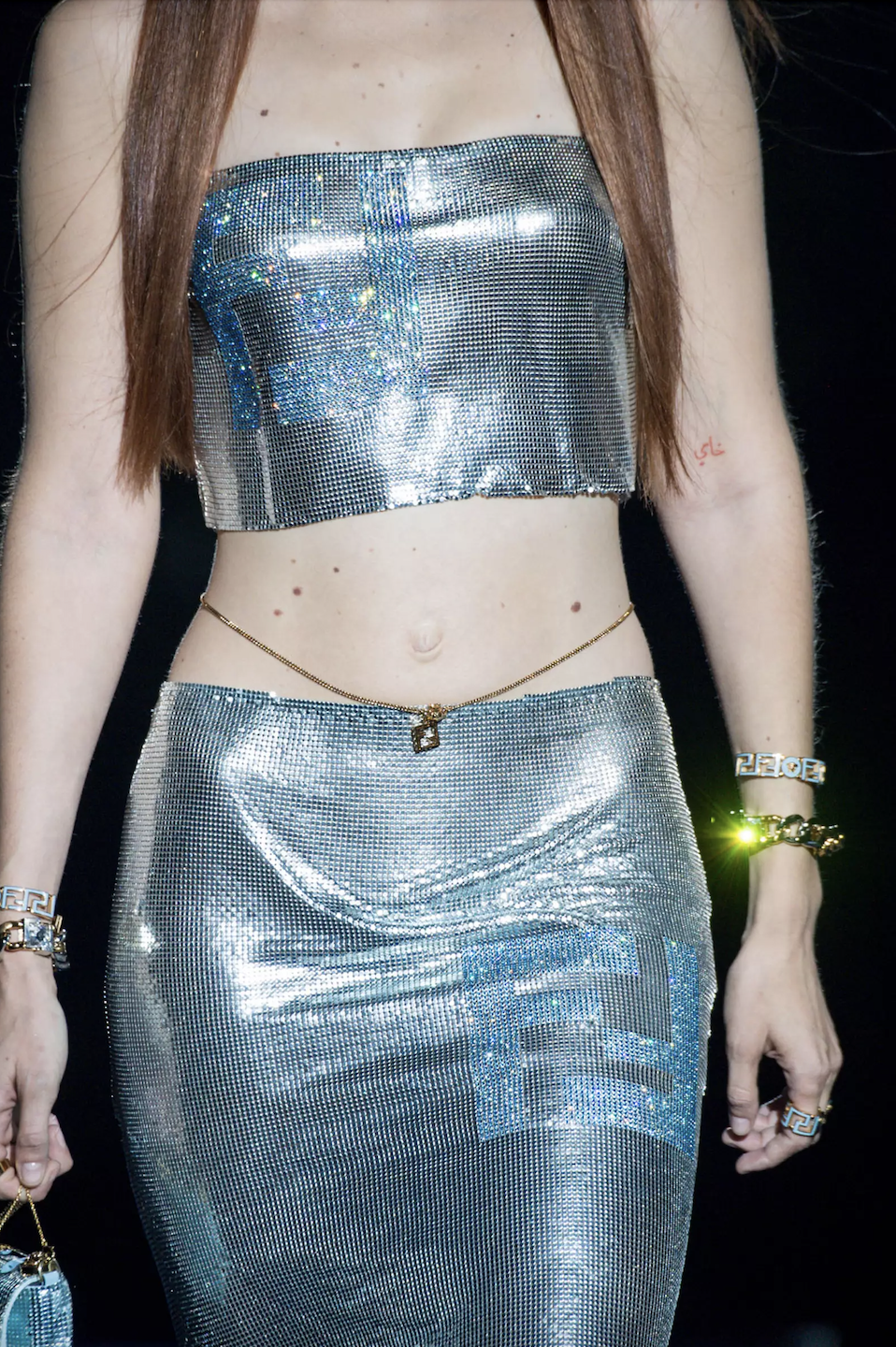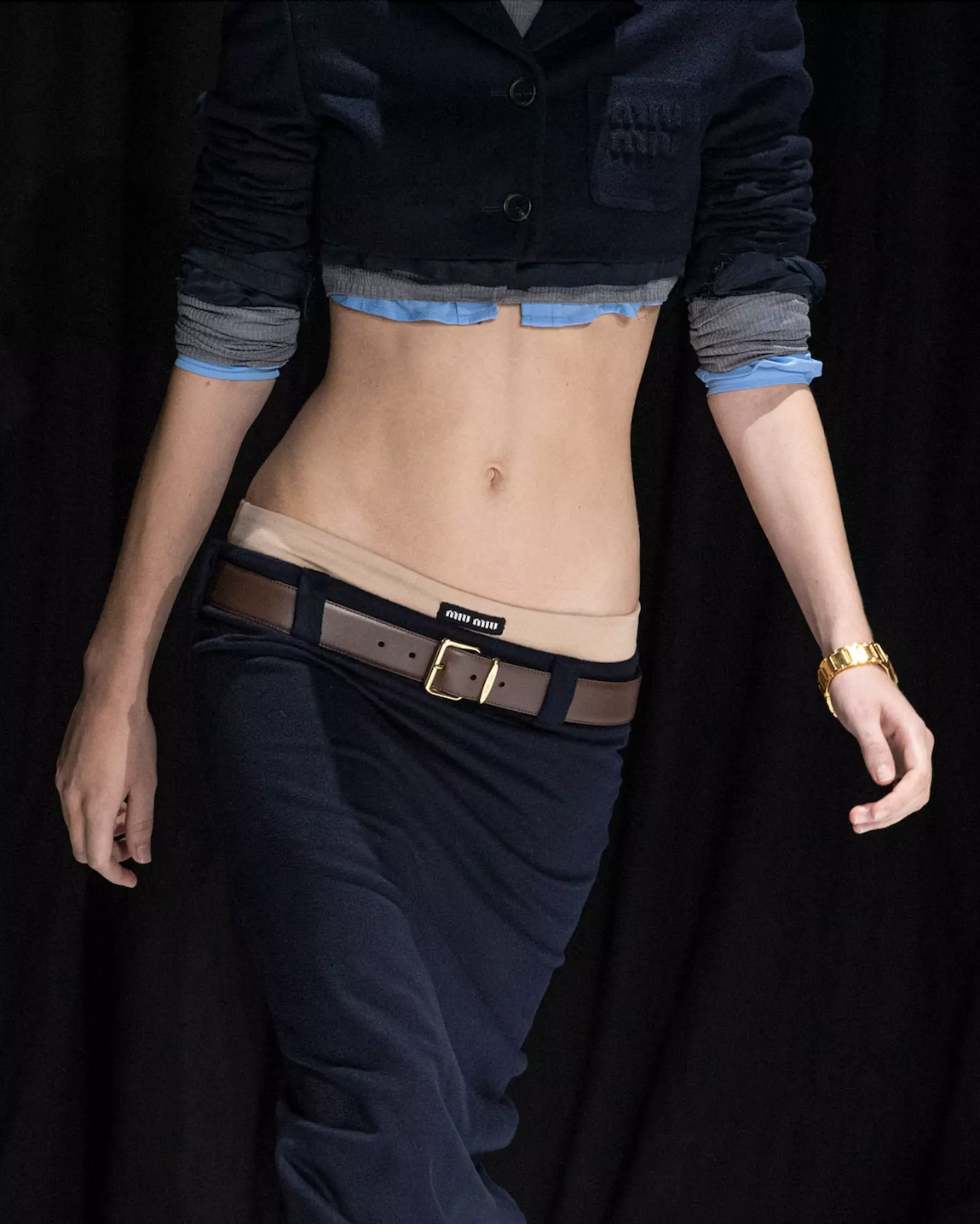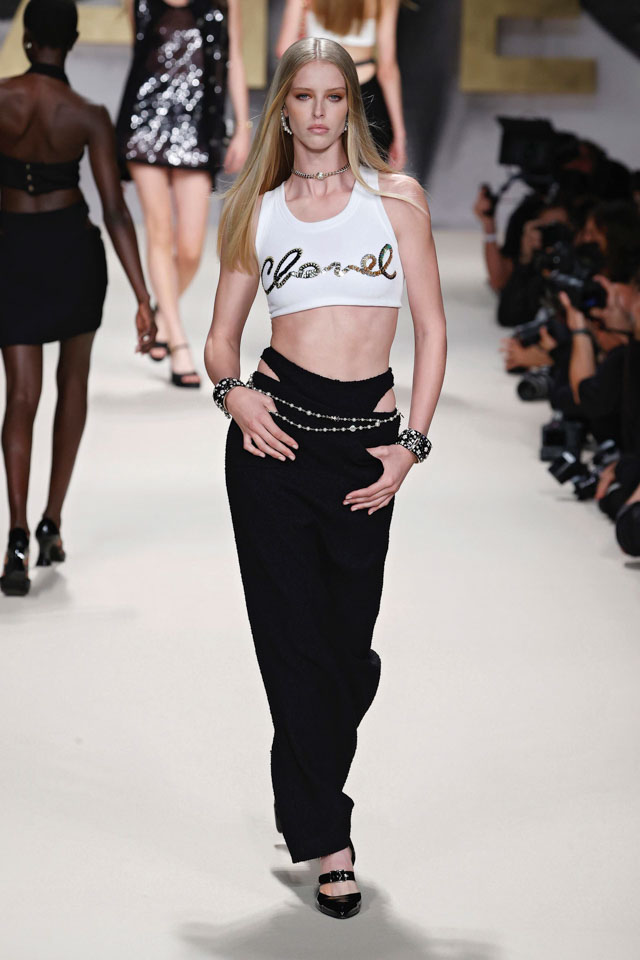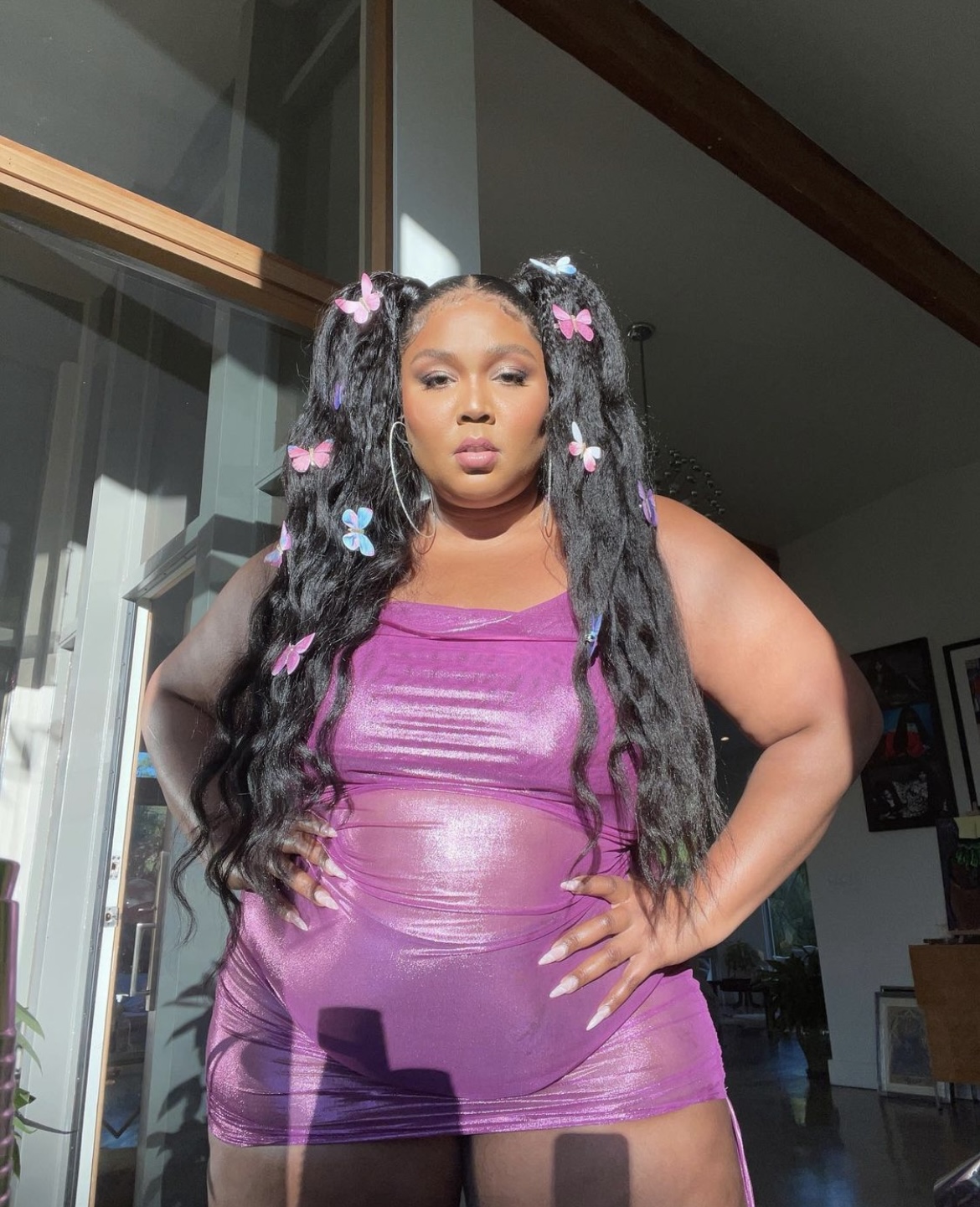The return of low-rise jeans has brought baggage along with it — the return of skinny, or is it the reverse? Either way, one thing is for certain, a certain sartorial and aesthetic shift toward the svelte and mince is palpable in pop culture right now. All connected to one another, the return of Y2K style in all its kitschy glory has also ushered in the return of the valorization of skinny body types. Our biggest influencer for the return of low-rise jeans, of course, being, Julia Fox.
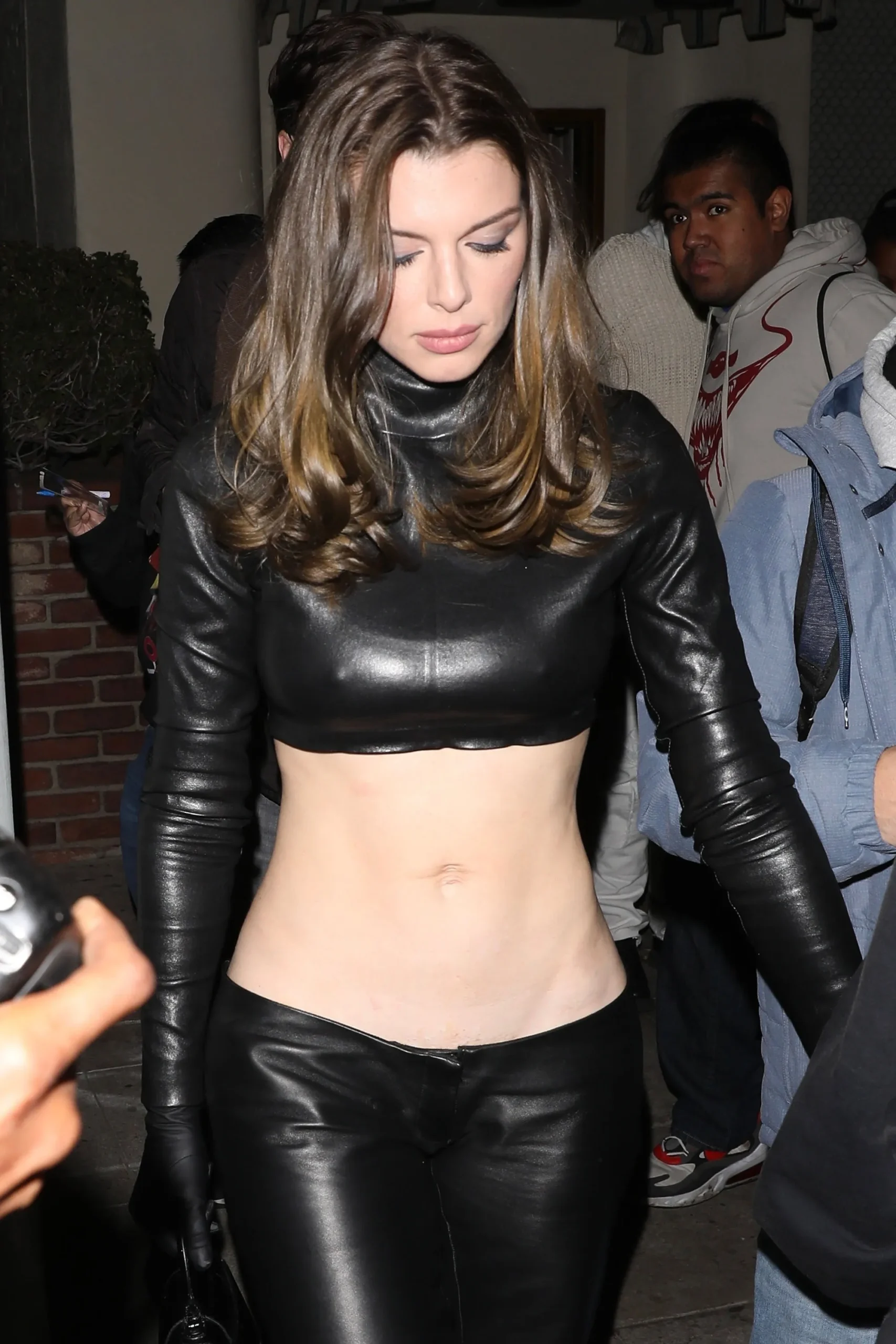 Spotted on a night out in New York City, Julia Fox proves to us again that no one can go lower than her. Although Fox has a reputation for being innovative with her fashion choices, her most recent look may be considered an all-time high, or rather low. Let’s not forget those leather trousers, which Fox frequently sported throughout her relationship with Kanye West, it’s been known she has been a firm supporter of the return of low-rise pants.
Spotted on a night out in New York City, Julia Fox proves to us again that no one can go lower than her. Although Fox has a reputation for being innovative with her fashion choices, her most recent look may be considered an all-time high, or rather low. Let’s not forget those leather trousers, which Fox frequently sported throughout her relationship with Kanye West, it’s been known she has been a firm supporter of the return of low-rise pants.
The question of the return to low-rise, and of skinny may feel cyclical to many, it was, after all, a hallmark of Y2K style. From low-rise jeans, baby tees, and skin-tight tracksuits, to visible thongs, and cropped cardigans Y2K is back, and with it, the 2000s’ most well-known accessory: being thin.
Celebrities that have been advocates of the return of Y2K not only consist of Julia Fox, others such as Bella Hadid, Hailey Beiber, Dua Lipa, Rihanna, and many more have adopted the telltale kitsch of the turn of the Millenium.
Aside from celebrities’ daily wear, the resurgence has been significantly featured on the runways as of late, with low-rise jeans, crop tops, mini-skirts and whale tale thongs popping up everywhere from Fendi to Miu Miu, Blumarine, Chanel and more.
The 20-year cycle has once again come full circle, with the late 2010s-early 2020s being swayed by the maximalist abundance of the late 1990s and early 2000s. After a global pandemic and half a decade of deeply ingrained racial injustice, the rising climate catastrophes, and global inequality with revived urgency—along with years of elegant and sophisticated minimalism conquering both fashion and beauty, we were well overdue for some fun. However, the distinctly midriff-baring, low-rise aesthetic lends itself strongly to a certain body type. Is this cultural regression in real-time? Fox certainly doesn’t mind, nor do other uber-svelte celebrities (we’re looking at you Bella) whose bodies perfectly conform to the beauty standards of the day.
The fears about fad diets, body shaming, and the return of impossible notions of perfection are justified. However, there is one significant difference between the ’00s and ’20s fashion: the body positivity movement. 20 years ago slender bodies and the limited beauty standards they represented were celebrated through fashion; beauty today, however, is a more individualized idea. Although there is still a long way to go in terms of body inclusivity, celebrities such as Lizzo, Alexa Demie, and Barbie Ferreira whose bodies would likely have been shamed by toxic early 2000’s tabloid culture are wearing Y2K looks with pride, and in turn, rewriting the playbook for the aesthetic.
A rose by any other name would smell just as sweet, and in the case of Y2K fashion, a butterfly top on the likes of Barbie Ferreira or Lizzo, looks more than sweet to us.

Tala is an Editorial Intern at Liminul. She’s a creative writer/director, graphic designer, and event coordinated based in Toronto. Tala is a third year student majoring in Fashion Communications at X University.


